
Advertising & Brands
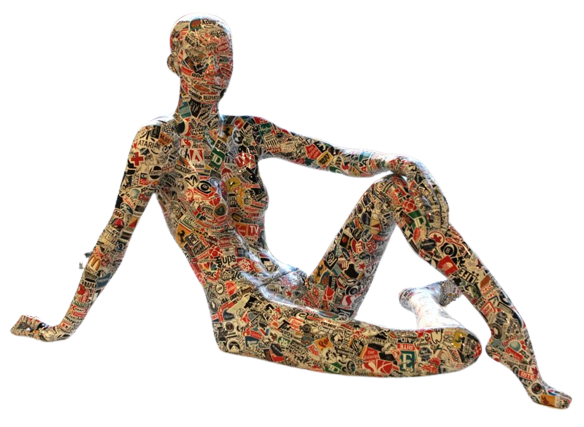
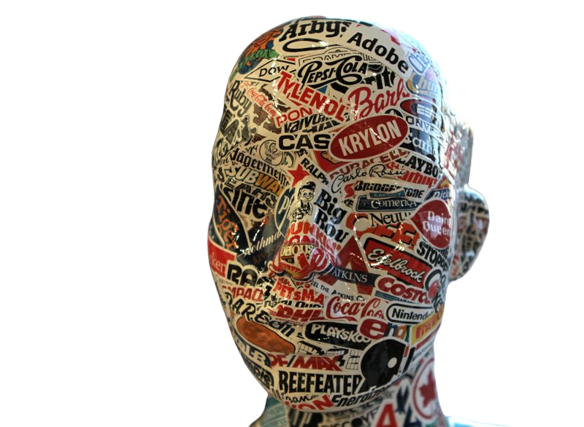
Denial- Daniel Bombardier Mannequin 3 Art Sculpture by Denial- Daniel Bombardier
Mannequin 3 Original Mixed Media Sculpture Mannequin Artwork by graffiti street artist modern pop artist Denial. 2013 Signed Original Sculpture Covered with Hundreds of Custom Brand Stickers Artwork Size 51x26. Canadian artist Denial and Australian-born Ben Frost have joined forces in a bold exhibition of new work that explores the boundaries of appropriation in confronting re-imaginings of our current dystopian society. In the dynamic intersection of street pop art and graffiti artwork, the 'Mannequin 3' original mixed media sculpture by the artist known as Denial stands as a compelling commentary on consumer culture and the saturation of branding in modern life. This 2013 signed original sculpture is a profound exploration of identity and materialism, meticulously covered with hundreds of custom brand stickers, each a testament to the pervasive reach of commercial influence. Denial, a Canadian artist, has built a reputation for his thought-provoking works that often incorporate elements of pop art with a twist of subversion, challenging viewers to reconsider their surroundings and the messages they are bombarded with daily. This particular piece, with its life-sized mannequin form, becomes a canvas that reflects our society's obsession with brands and the commodification of human identity. The mannequin is transformed into a mosaic of commercial logos, each sticker meticulously placed to create a tapestry that is both familiar and unsettling. This sculpture symbolizes the artist's style, which often merges humor with critique and blurs the lines between high and low culture. By appropriating the very symbols of the consumerist society, Denial forces a dialogue on the value we place on brand identities and their invasive presence in our lives. The artwork's size, 51x26, gives it a presence that cannot be ignored, dominating the space and demanding contemplation. Through 'Mannequin 3', Denial, in collaboration with Ben Frost, an Australian-born artist known for his provocative work, invites viewers to navigate the complexities of appropriation and the role of branding in our understanding of the world. The sculpture is not just an object of art; it is a statement on the state of our society—a society in which the line between person and product is increasingly blurred.
$7,000.00
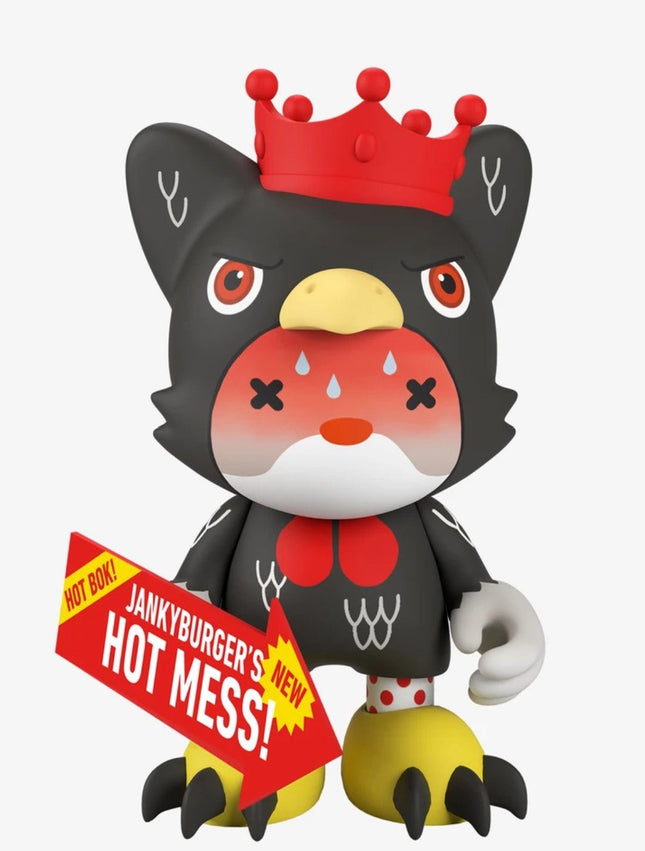
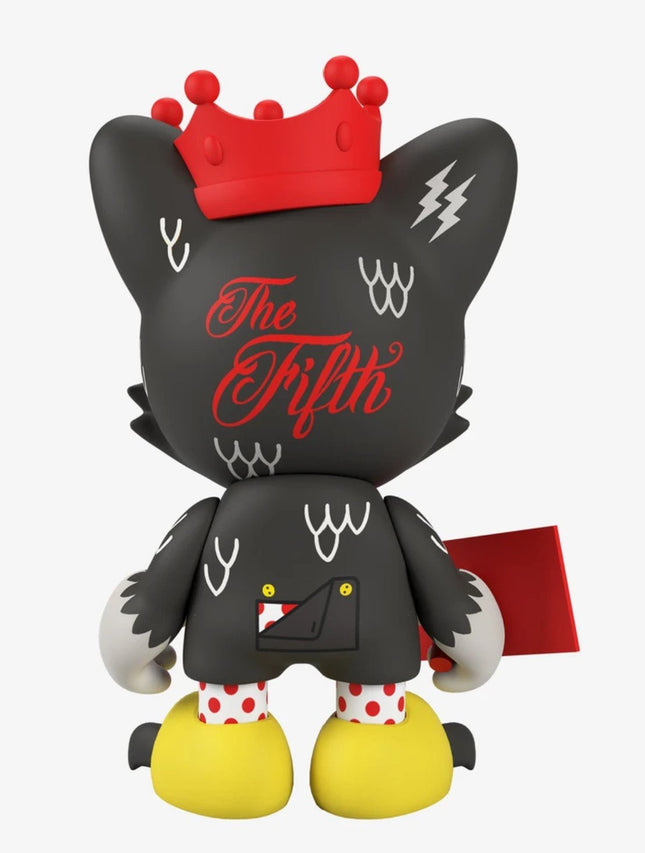
SuperPlastic General Jankys Hot n Sweaty Wings King Janky The 5.5 Art Toy by SuperPlastic
King Janky The 5.5 "General Janky’s Hot 'n Sweaty Wings" SuperPlastic Limited Edition Vinyl Artwork Street Art Toy Collectable Figure 2020 Displayed With Box. The fifth-and-a-half heir to the throne likes his wings like he likes his flings – hot 'n sweaty! Includes sign, chili crown, milk carton, and plenty of saucy to go around.
$74.00$47.00
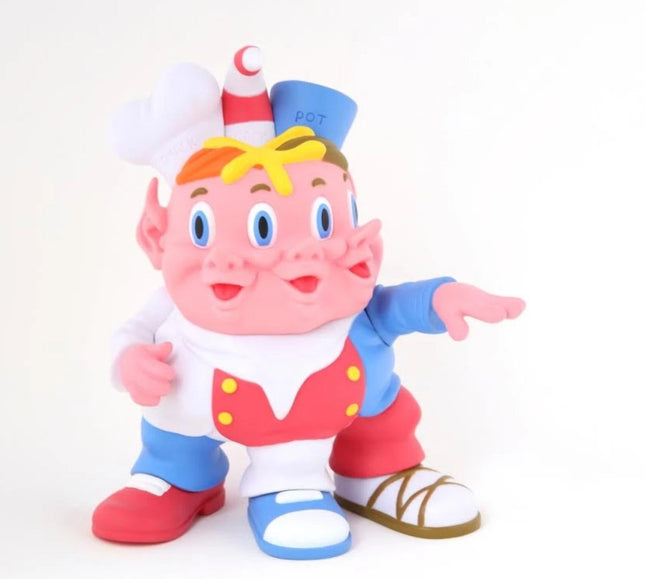
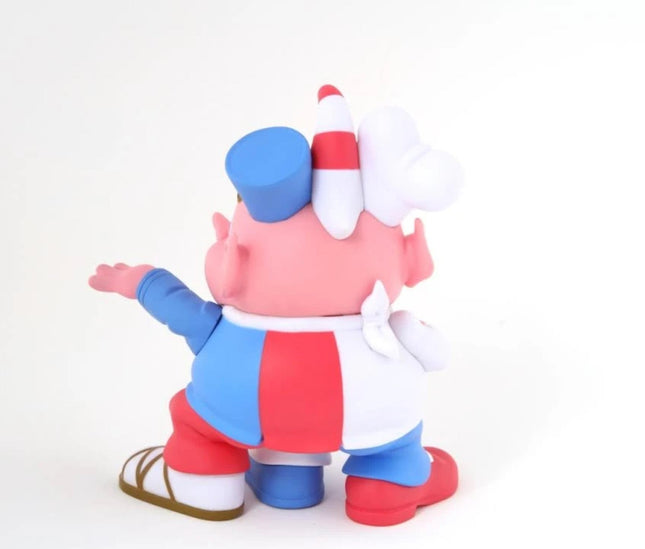
Ron English Smack, Crack & Pot Art Toy by Ron English
Smack, Crack & Pot Limited Edition Vinyl Art Toy Collectible Artwork by street graffiti artist Ron English. Cereal killer, SMACK CRACK & POT! These naughty boys join their brethren Fat Tony, Cap’n Cornstarch, and others to form the Last Fat Breakfast! Ron English's newest Cereal Killers figure! Like all Cereal Killer Popaganda products, this 8" vinyl figure is 100% nutrition-free! 8 inches tall vinyl designed by Ron English produced by POPaganda
$221.00
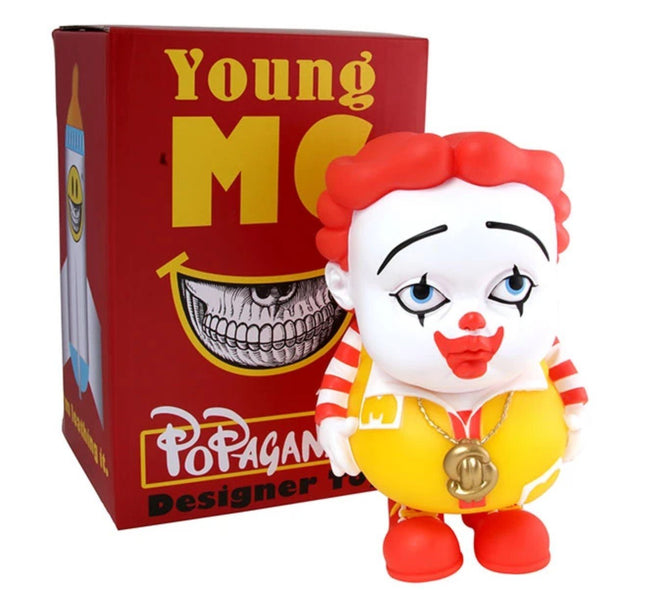
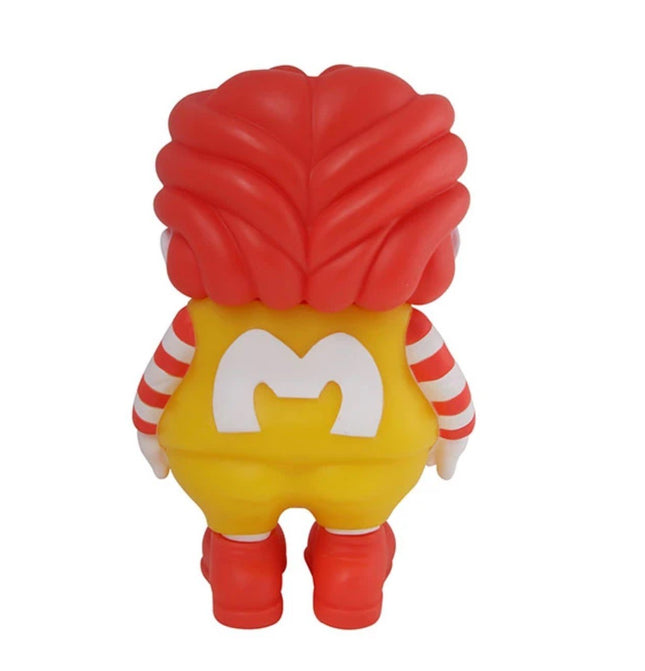
Ron English Young MC Art Toy by Ron English
Young MC Limited Edition Vinyl Art Toy Collectible Artwork by street graffiti artist Ron English. Before there was MC Supersized, there was Young MC. Ron English’s iconic character has been captured in the prime of his youth in the form of a 7 inch vinyl figure with a box design by Ron English. The latest in Ron's ongoing POPaganda concept.
$221.00
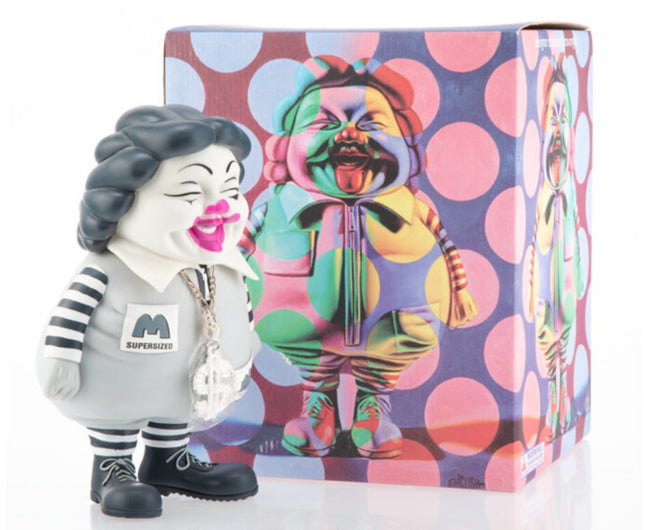
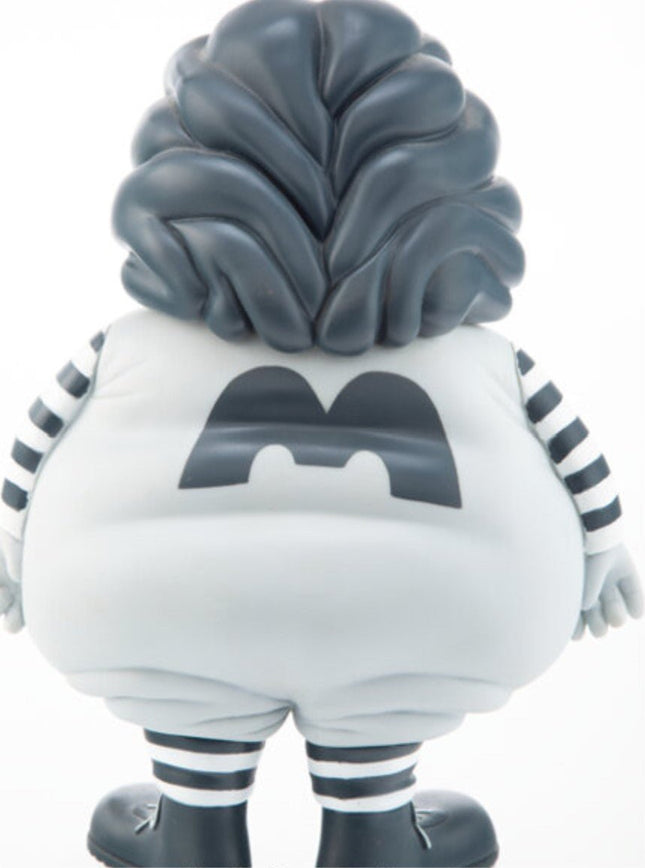
Ron English The Showroom NYC MC Supersized Mono Grey Art Toy by Ron English
The Showroom NYC MC Supersized- Mono Grey Grin Limited Edition Vinyl Art Toy McSupersized Collectible Artwork by street graffiti artist Ron English. Ron English X The Showroom NYC MC Supersized (Mono Grey), 2004 Painted cast vinyl 9-1/2 x 8 inches (24.1 x 20.3 cm) Edition of 100 Produced by The Showroom NYC, New York "From Ron's website, "MC Supersized was English's hijacking of a popular fast food restaurant's mascot. Since then, MC Supersized has become one of Ron's most iconic images, having been featured in his paintings, posted on billboards, and used in the hit documentary Supersize Me." The Showroom NYC was Toy Tokyo's gallery space. They were the first to release Ron's iconic character in three-dimensional form. Three of the four colorways are being offered at Heritage for the first time. This character has been in production from over a dozen companies in every conceivable size and material since 2004 but these are the most significant limited editions of this character. If you are looking for the Mickey Mantle rookie card of one of the most significant artists of our time, this is it." -Dov Kelemer
$572.00
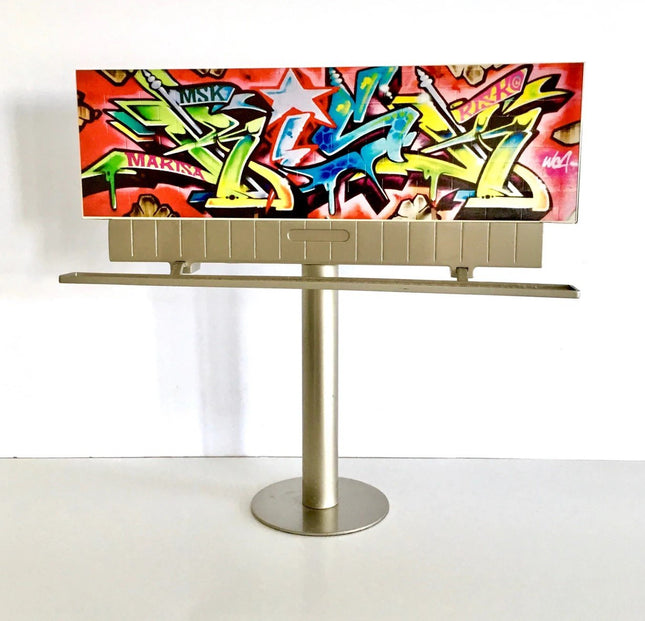
Risk Rock WCA MSK Billboard Street Sign Sculpture by Risk Rock
WCA MSK Billboard Limited Edition Plastic & Ink Sculpture Artwork by Street Artist Risk Rock Fine Art. 2022 Sculpture Limited Edition of 50 Artwork Size 9.5 x 13.5 x 2.5 RISK tag billboard collectible, featuring RISK, WCA and MSK in the details. Replica of one of Risk's first LA Billboards 9.5 x 13.5 x 2.5 inches. Edition of 50
$620.00
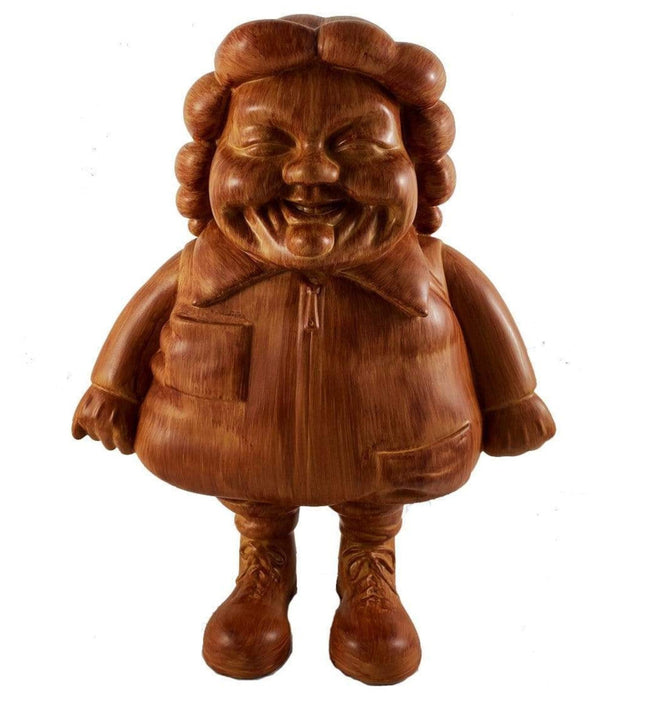
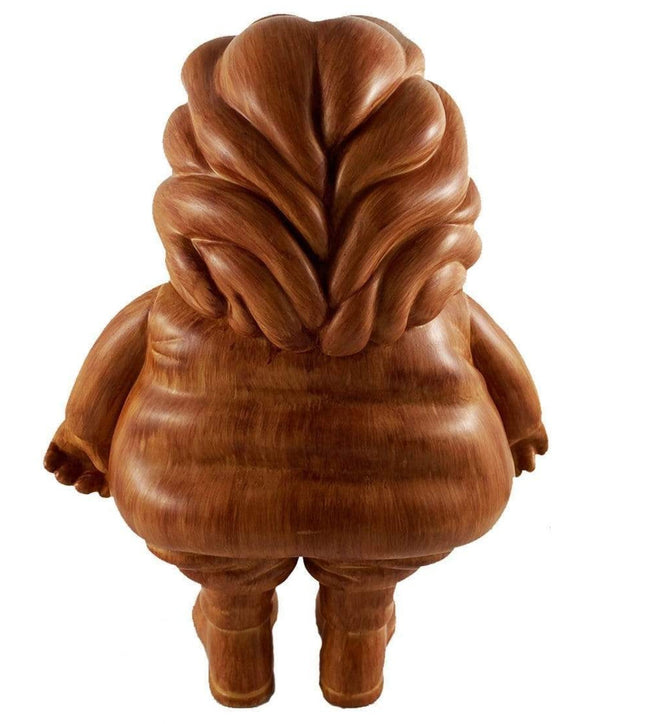
Ron English MC Supersized Wood 2021 Designer Con Art Toy by Ron English
MC Supersized- Wood 2021 Designer Con Limited Edition Vinyl Art Toy Collectible Artwork by street graffiti Ron Ron English X SFBI MC Super Sized Wood Version This was a convention exclusive at this years Designer Con. If you were not able to attend this is your chance to try and pick this variant up and put into your collection. Stands 8" Tall
$489.00
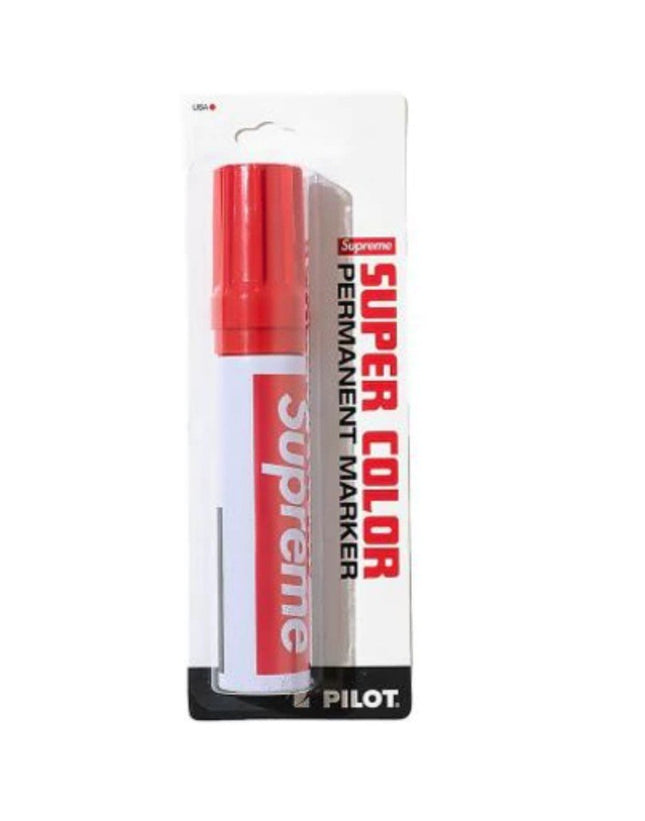
Supreme Pilot Marker Red Art Object by Supreme
Supreme Pilot Marker- Red Limited Edition Paint Sculpture Designer Art. Season FW18 Color Red Release Date 10/11/2018.
$62.00
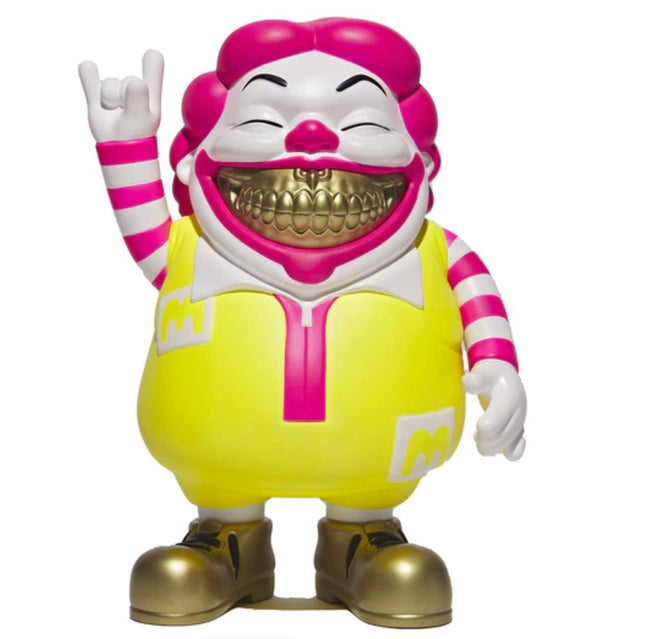
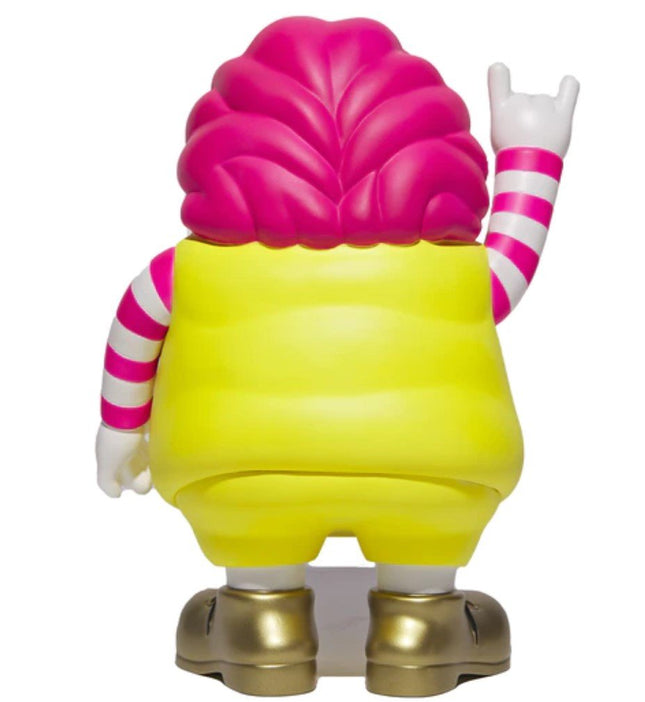
Ron English Neon MC Supersized Grin Art Toy by Ron English
Neon MC Supersized Grin Limited Edition Vinyl Art Toy Collectible Artwork by street graffiti artist Ron English. Neon MC Supersized Grin' by Ron English, 2020 Collab. with toymaker Made by Monsters. 10 x 7" x 5" Inches Collectible soft vinyl art figure. Limited Edition NTWRK Exclusive colorway.
$406.00
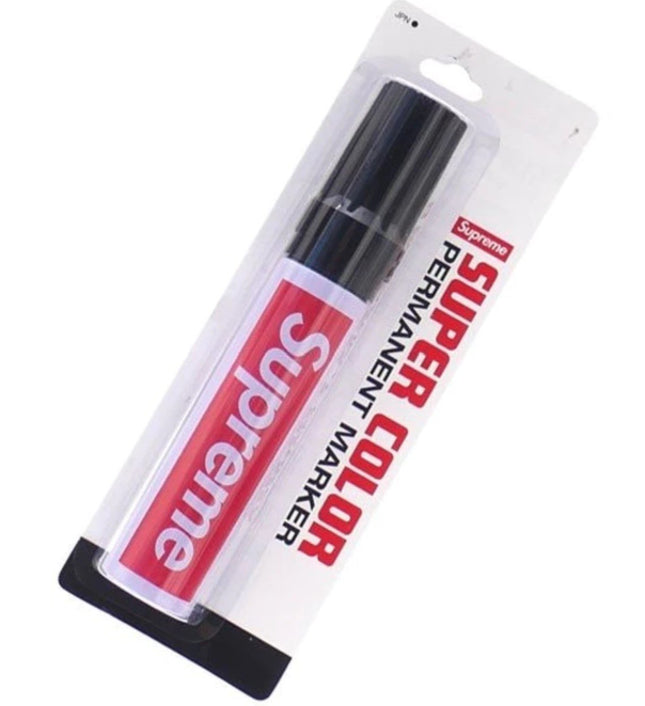
Supreme Supreme Pilot Marker Black Art Object by Supreme
Supreme Pilot Marker- Black Limited Edition Paint Sculpture Designer Art. Season FW18 Color Black Release Date 10/11/2018.
$62.00


















